FUNDING CUTS IMPACT CT HUMANITIES: Help CT Humanities navigate recent funding cuts and continue our vital work across Connecticut. All donations made to CTH will be matched dollar-for-dollar up to $50,000. Donate today!
Now Viewing:
Stonington

Charles W. Morgan: New England’s Last Surviving Wooden Whaling Ship
As the last surviving wooden whaling ship of New England, the Morgan is representative of a typical 19th-century whaling vessel.
Read
James Merrill: Connecticut’s First Poet Laureate
As one of the leading American poets of the 20th century and Connecticut’s first poet laureate, James Merrill lived in Stonington for four decades.
Read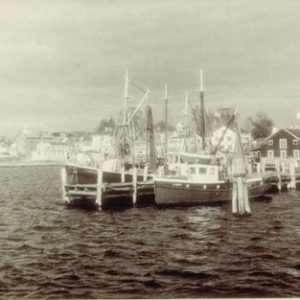
The Sea in their Blood: The Portuguese in New London County
Many Portuguese immigrants came to the US as mariners serving aboard ships, some remained to build new lives and communities in Connecticut.
Read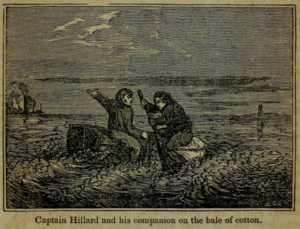
“Appalling Calamity”: Loss of the Steamboat Lexington – Today in History: January 13, 1840
On January 13, 1840, over 150 people perished on Long Island Sound when the steamboat Lexington caught fire.
Read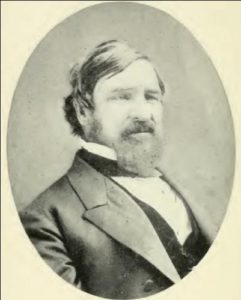
Nathaniel Palmer discovers Antarctica – Today in History: November 18
On November 18, 1820, Nathaniel Brown Palmer of Stonington, Connecticut, discovered the mainland of Antarctica, one of the seven continents.
Read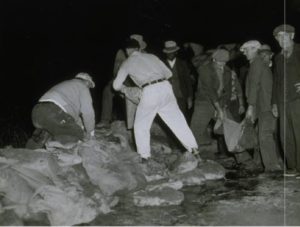
The Hurricane of 1938 Rocks Connecticut
Together the combination of chance and human error produced the most destructive hurricane in Connecticut’s history.
Read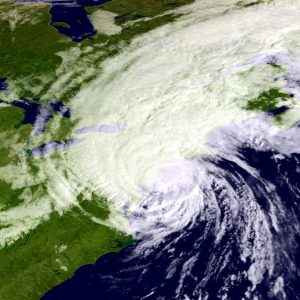
Hurricane Gloria: “Storm of the Century”
In September of 1985, Hurricane Gloria made landfall in Connecticut, causing approximately $60 million of damage in the state.
Read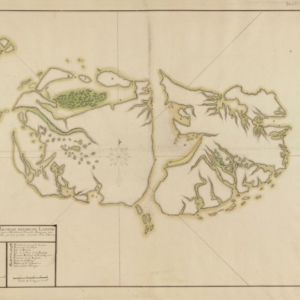
The Incident of the Stonington Schooner ‘Breakwater’: A View from Indian Country
Hundreds of American Indians served as mariners, including on the Stonington schooner ‘Breakwater,’ which survived capture in the Falkland Islands.
Read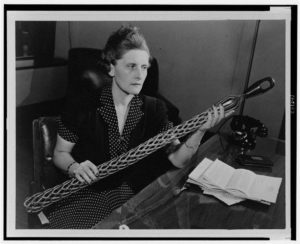
Vivien Kellems Takes On the IRS
Reformer Vivien Kellems fought her most famous battle against the Internal Revenue Service (IRS) as she sought tax reform for businesses and single people.
Read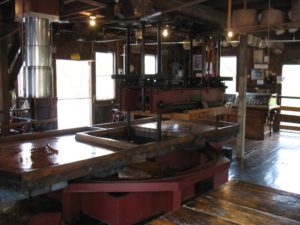
BF Clyde and the Steam-powered Cider Mill – Who Knew?
In 1881, Connecticut resident Benjamin F. Clyde began producing and selling cider in Mystic.
Read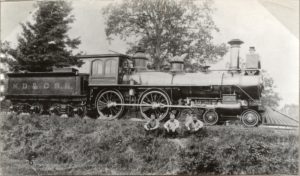
Rails and Paper Trails
The railroad first came to Connecticut in August of 1832 when the New York, Providence & Boston Railroad broke ground in Stonington.
Read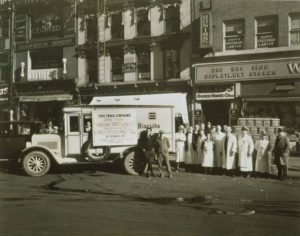
Oystering in Connecticut, from Colonial Times to the 21st Century
Why tasty Crassostrea virginica deserves its honored title as state shellfish.
Read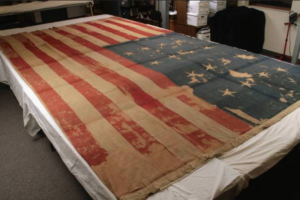
The Stonington Battle Flag
On August 10, 1814, during a lull in the attack by the British on Stonington, citizens nailed a large US flag–a banner of defiance–to a pole above the battery.
Read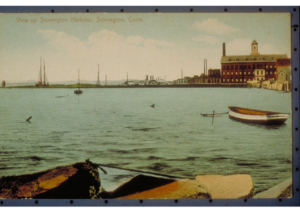
Borough of Stonington
Settled in 1752, Stonington became a fishing, shipbuilding, whaling, and sealing center and survived attacks during both the Revolutionary War and the War of 1812.
Read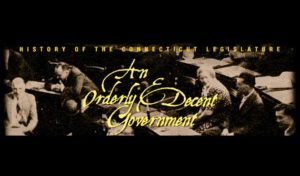
An Orderly & Decent Government: Significant Events & Developments, 1776-1818
With its limited supply of fertile land either occupied or exhausted, one of Connecticut’s principal exports in the post-Revolutionary years was people.
Read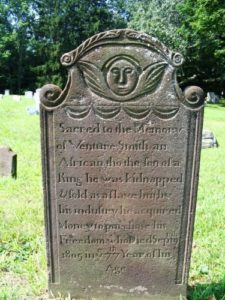
Venture Smith, from Slavery to Freedom
Smith’s account sheds light on the experience of enslaved and free blacks in 18th-century Connecticut.
Read
Causes of the Pequot War
The outbreak of the Pequot War is best understood through an examination of the cultural, political, and economic changes after the arrival of the Dutch (1611) and English (early 1630s).
ReadMore Articles




